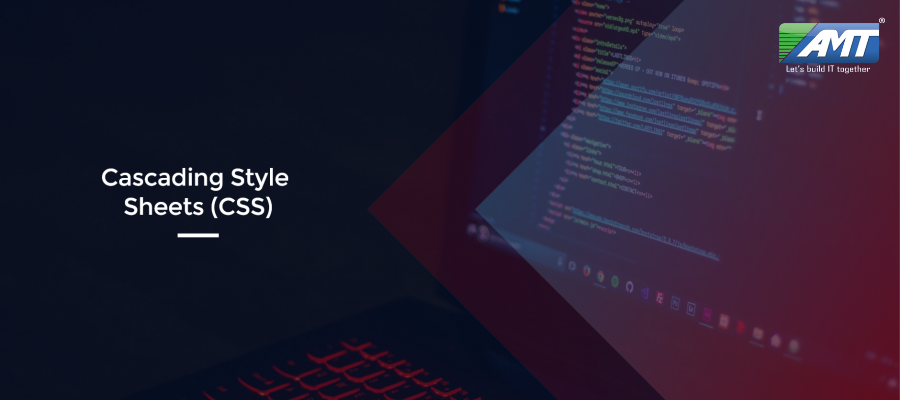Cascading Style Sheets (CSS) is a style sheet language used for describing the presentation of a document written in a markup language like HTML. CSS is a cornerstone technology of the World Wide Web, alongside HTML and JavaScript.
CSS is designed to enable the separation of presentation and content, including layout, colors, and fonts.  This separation can improve content accessibility, provide more flexibility and control in the specification of presentation characteristics, enable multiple web pages to share formatting by specifying the relevant CSS in a separate .css file, and reduce complexity and repetition in the structural content.
Separation of formatting and content also makes it feasible to present the same markup page in different styles for different rendering methods, such as on-screen, in print, by voice (via speech-based browser or screen reader), and on Braille-based tactile devices. CSS also has rules for alternate formatting if the content is accessed on a mobile device.
The name cascading comes from the specified priority scheme to determine which style rule applies if more than one rule matches a particular element. This cascading priority scheme is predictable.
The CSS specifications are maintained by the World Wide Web Consortium (W3C). Internet media type (MIME type) text/css is registered for use with CSS by RFC 2318 (March 1998). The W3C operates a free CSS validation service for CSS documents.
In addition to HTML, other markup languages support the use of CSS, including XHTML, plain XML, SVG, and XUL.
Before CSS, nearly all presentational attributes of HTML documents were contained within the HTML markup. All font colors, background styles, element alignments, borders and sizes had to be explicitly described, often repeatedly, within the HTML. CSS lets authors move much of that information to another file, the style sheet, resulting in considerably simpler HTML.
For example, headings (h1 elements), sub-headings (h2), sub-sub-headings (h3), etc., are defined structurally using HTML. In print and on the screen, choice of font, size, color and emphasis for these elements is presentational.
Before CSS, document authors who wanted to assign such typographic characteristics to, say, all h2 headings had to repeat HTML presentational markup for each occurrence of that heading type. This made documents more complex, larger, and more error-prone and difficult to maintain. CSS allows the separation of presentation from structure. CSS can define color, font, text alignment, size, borders, spacing, layout and many other typographic characteristics, and can do so independently for on-screen and printed views. CSS also defines non-visual styles, such as reading speed and emphasis for aural text readers. The W3C has now deprecated the use of all presentational HTML markup.
CSS information can be provided from various sources. These sources can be the web browser, the user and the author. The information from the author can be further classified into inline, media type, importance, selector specificity, rule order, inheritance and property definition. CSS style information can be in a separate document or it can be embedded into an HTML document. Multiple style sheets can be imported. Different styles can be applied depending on the output device being used; for example, the screen version can be quite different from the printed version, so that authors can tailor the presentation appropriately for each medium.
The style sheet with the highest priority controls the content display. Declarations not set in the highest priority source are passed on to a source of lower priority, such as the user agent style. This process is called cascading.
The above is a brief about Cascading Style Sheets. Watch this space for more updates on the latest trends in Technology
